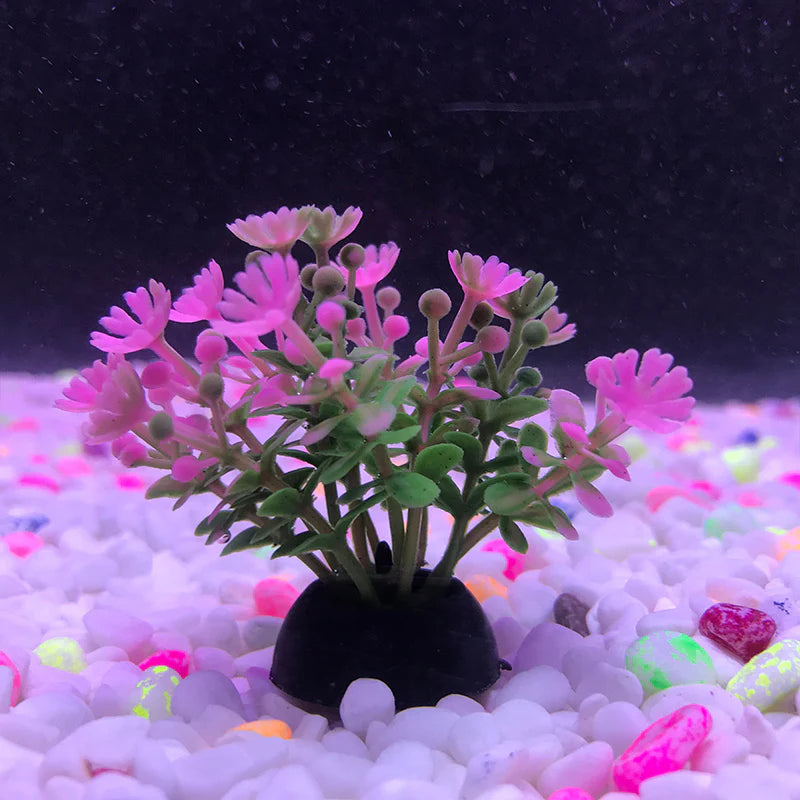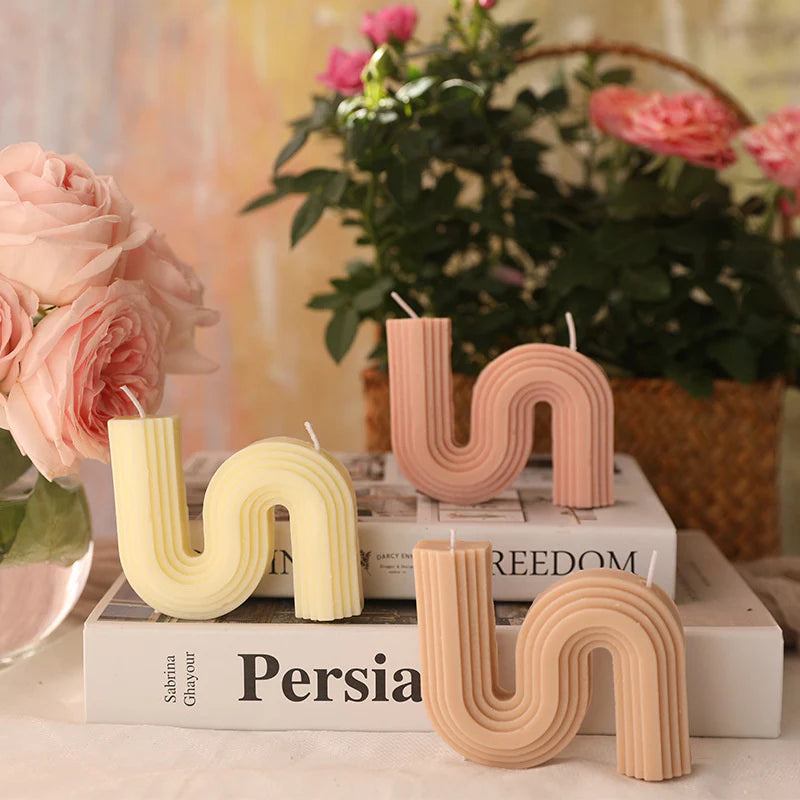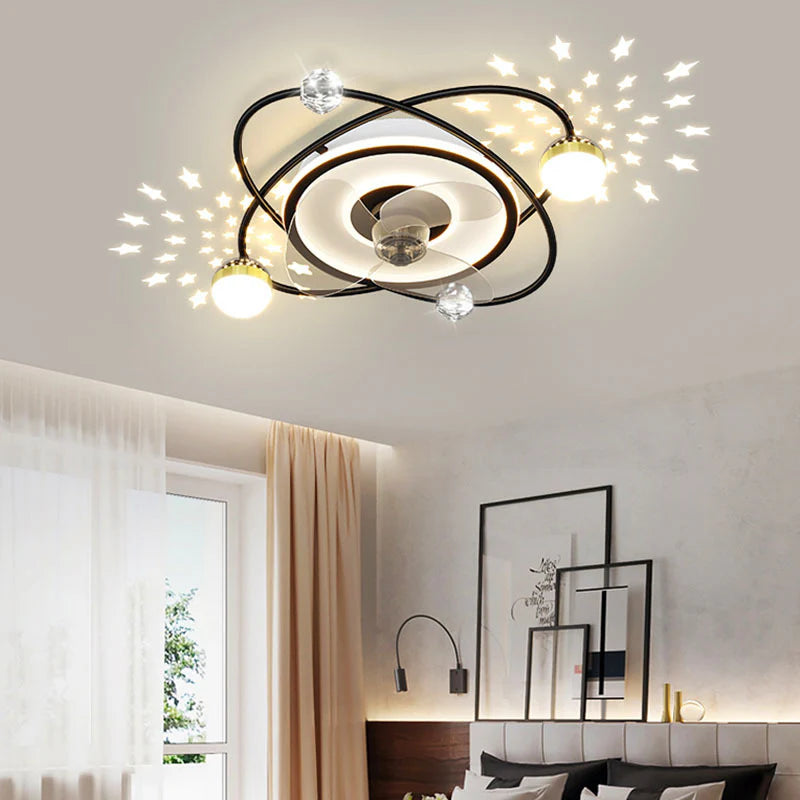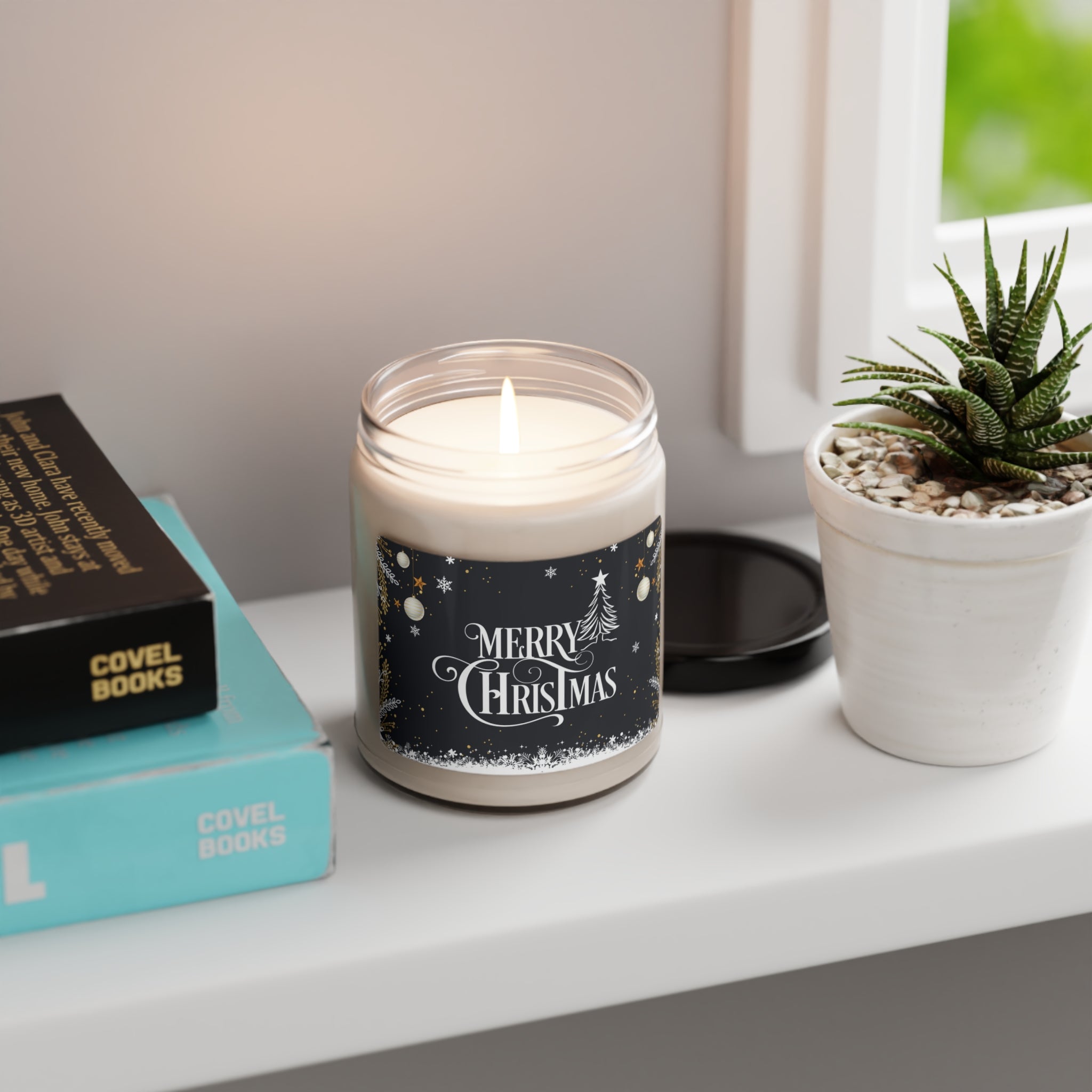
How to Care for Your Indoor Plants: A Beginner’s Guide

Bringing indoor plants into your home not only enhances your decor but also purifies the air and promotes a sense of well-being. If you're new to plant care, don't worry! This beginner’s guide will help you understand the basics of keeping your indoor plants healthy and thriving.
Choosing the Right Plants
1. Understand Your Environment
- Light: Assess the natural light in your home. Some plants thrive in bright, direct sunlight, while others prefer low-light conditions.
- Temperature and Humidity: Most indoor plants thrive in temperatures between 60-75°F (15-24°C). Ensure your home environment matches these conditions or choose plants that can adapt to your indoor climate.
2. Select Easy-to-Care-For Plants
- Snake Plant: Known for its hardy nature and ability to thrive in low light.
- Pothos: An easy-to-grow vine that can handle a variety of lighting conditions.
- Spider Plant: Great for beginners, it’s tolerant of neglect and can thrive in various light conditions.
- Succulents: Require minimal watering and are perfect for sunny spots.
Basic Plant Care Tips
1. Watering
- Know Your Plant’s Needs: Overwatering is a common mistake. Check the soil moisture before watering. Many plants prefer the top inch of soil to dry out between waterings.
- Use the Right Watering Method: Water the soil directly rather than from above to avoid wetting the leaves. Ensure the pot has drainage holes to prevent root rot.
- Frequency: As a general rule, most indoor plants need watering every 1-2 weeks, but this can vary based on the plant type and environment.
2. Lighting
- Place Appropriately: Match your plant’s lighting needs with the right spot in your home. Bright, indirect light is ideal for most indoor plants.
- Supplemental Lighting: If natural light is insufficient, consider using grow lights to provide the necessary light spectrum for your plants.
3. Soil and Potting
- Use Quality Potting Mix: Choose a well-draining potting mix appropriate for indoor plants. Avoid garden soil, which can be too dense.
- Repot When Necessary: Repot your plants every 1-2 years to provide fresh soil and more space for root growth. Signs of needing repotting include roots growing out of drainage holes or a plant becoming top-heavy.
4. Fertilizing
- Regular Feeding: Indoor plants benefit from regular feeding during the growing season (spring and summer). Use a balanced, water-soluble fertilizer every 4-6 weeks.
- Follow Directions: Over-fertilizing can harm plants, so follow the instructions on the fertilizer packaging.
5. Pruning and Maintenance
- Regular Pruning: Trim dead or yellowing leaves to keep your plant healthy and encourage new growth.
- Pest Control: Inspect your plants regularly for pests like spider mites, aphids, and mealybugs. Use insecticidal soap or neem oil if necessary.
Advanced Tips for Thriving Plants
1. Humidity
- Increase Humidity: Many indoor plants, especially tropical varieties, benefit from higher humidity levels. Use a humidifier, place plants on a pebble tray with water, or group plants together to increase humidity.
- Misting: Lightly misting the leaves can also help, but be cautious as some plants do not like their leaves to stay wet for long periods.
2. Air Circulation
- Ensure Good Airflow: Proper air circulation helps prevent mold and pest infestations. Place plants in areas with good airflow but avoid cold drafts.
3. Seasonal Care
- Adjust Watering and Feeding: During the winter months, plants may enter a dormant phase and require less water and fertilizer.
- Light Adjustment: With shorter daylight hours in winter, consider moving plants closer to windows or providing supplemental lighting.
Common Mistakes to Avoid
- Overwatering: Leading cause of plant demise. Always check soil moisture before watering.
- Inadequate Light: Ensure your plant receives the right amount of light.
- Ignoring Pests: Regularly inspect and treat plants to prevent infestations.
- Neglecting to Repot: Repotting ensures your plant has enough space to grow and fresh nutrients.
Conclusion
Caring for indoor plants can be a rewarding and therapeutic experience. By choosing the right plants and following these basic care guidelines, you can enjoy a lush, green home environment. Remember, every plant is unique, and learning about their specific needs will help you become a more confident and successful plant parent. Happy gardening!





